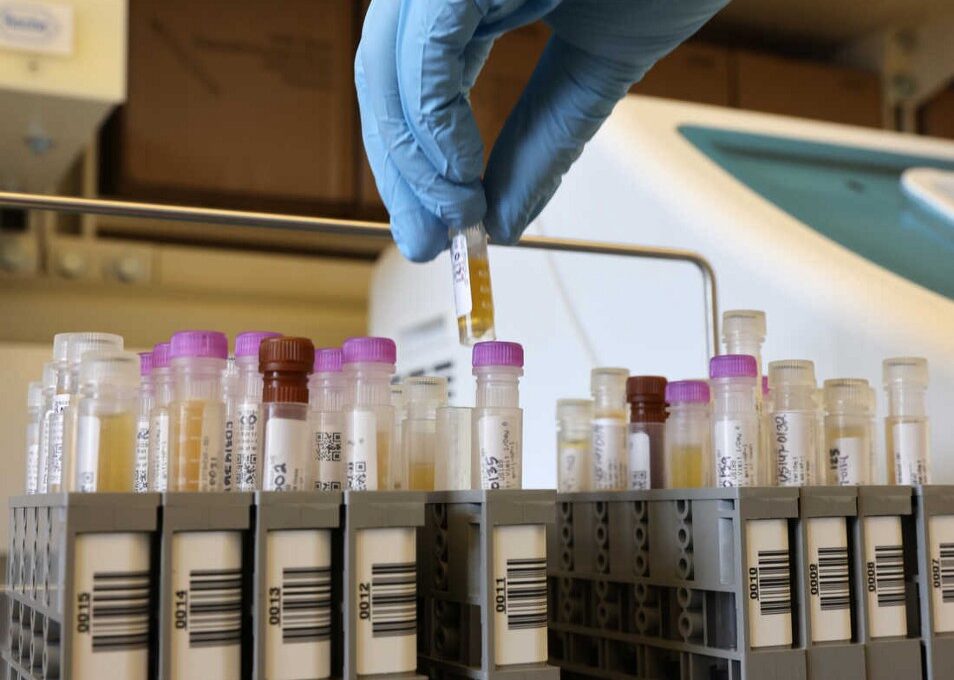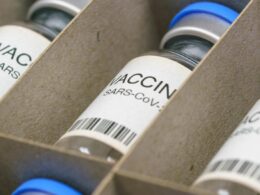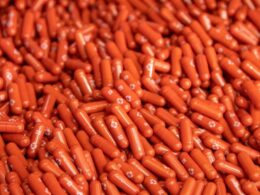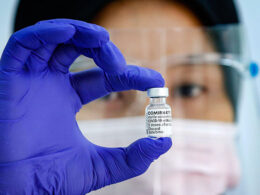NPR
Joe Palca
December 1, 2021
A new kind of COVID-19 vaccine is about to roll out around the world.
Although it won’t replace the highly successful vaccines currently available, it could make a difference in the course of the pandemic, especially in lower resourced countries.
These new vaccines are what’s called protein subunit vaccines.
They work by injecting people with a tiny portion of the virus. In the case of the COVID-19 vaccine, that tiny portion is the so-called spike protein critical for the virus to enter cells.
An advantage of protein subunit vaccines is they tend to be very stable, so they don’t require freezers for storage. A regular refrigerator is adequate. This makes distributing the vaccine much easier.
“We were assuming that the protein subunit vaccines would play a big role in accelerating development of a COVID vaccine,” says Julie McElrath directs the vaccine and infectious disease division at the Fred Hutchinson Cancer Research Center in Seattle. McElrath said she and her colleagues’ confidence came because there were already subunit vaccines on the market for infectious diseases.
When Operation Warp Speed began spending billions of dollars to facilitate the development of a COVID-19 vaccine, it chose three vaccine technologies to back:
- mRNA vaccines being developed Pfizer and Moderna,
- a viral vector vaccine proposed by Johnson & Johnson, and
- protein subunit vaccines to be made by Sanofi and Novavax.
The first two technologies were successful, and there are now billions of vaccine doses in this country and around the world.
A year ago, Novavax was confident its vaccine would also be out there
“We have a massive number of people working on scaling up our vaccine,” Gregg Glenn, Novavax’s president of research and development said in an interview in September 2020. “I am very optimistic by the year-end we’ll have a lot of product and we’re talking about more than 2 billion doses in 2021.”
But Glenn’s optimism was misguided. A large study of the vaccine took longer to complete than was hoped, and the company ran into manufacturing problems.
Sanofi stumbled with its protein subunit vaccine, too.
McElrath is convinced that subunit vaccines can still play an important role in bringing the pandemic under control. “It’s just that they’re just a little further behind than the others,” she says.
“Having multiple options is always a good idea,” says Ali Ellebedy, an immunologist at Washington University in St. Louis.
Ellebedy primarily studies mRNA vaccines. He says these are new, and scientists are still trying to learn their strength and weaknesses. To do that, it would be useful to have a large group of people vaccinated with a more familiar vaccine for comparison.
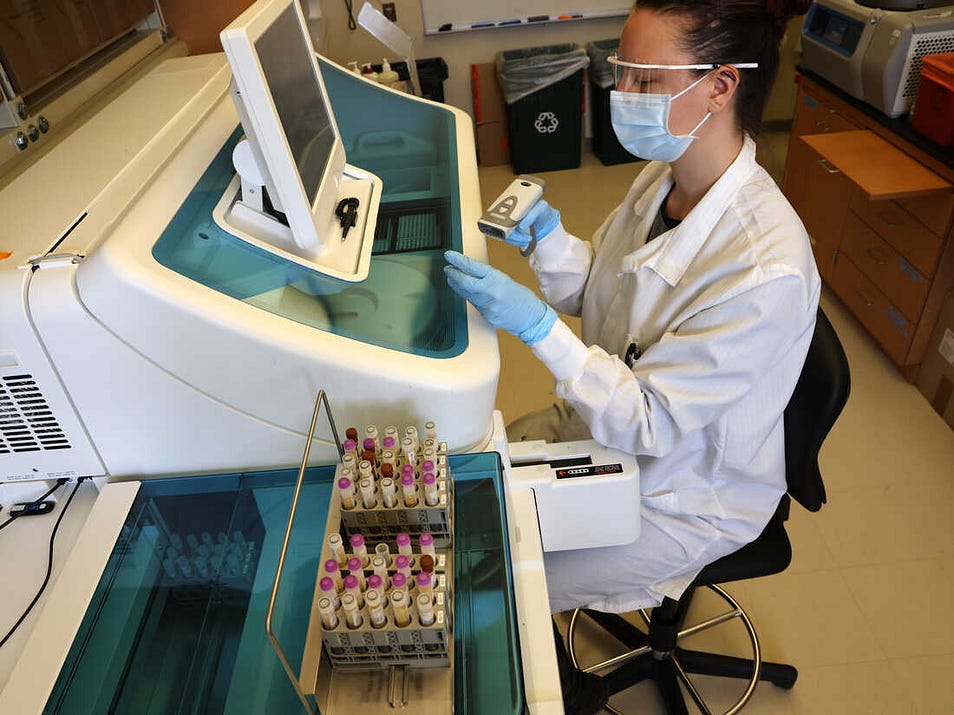
“
From a scientific perspective, it would be definitely great to have a subunit vaccine,” he says.
That day appears to be coming. Large studies of the vaccine have shown that it works extremely well, and so far there are no safety concerns.
Novavax has begun filing for emergency use authorization with various regulatory agencies.
“We have filed for authorization all over the world, including in the U.K., Australia, Canada, New Zealand,” says Silvia Taylor, vice president of global corporate affairs and investor relations for Novavax
These filings mean Novavax thinks it has licked its manufacturing problems, because getting an authorization requires convincing regulators you can reliably produce the vaccine.
Taylor expects the company will seek emergency use authorization in this country early next year. She says to boost manufacturing capacity, Novavax has teamed up with several vaccine manufacturers, including the Serum Institute of India, the world’s largest maker of vaccines.
“So we have a tremendous amount of confidence that with everything we have learned over the past year, as well as the expertise of all of our partners, that we’ll be in a great position to produce over 2 billion doses in 2022,” she says.
That may sound familiar. Perhaps now it is achievable.
Originally published at https://www.npr.org on December 1, 2021.




